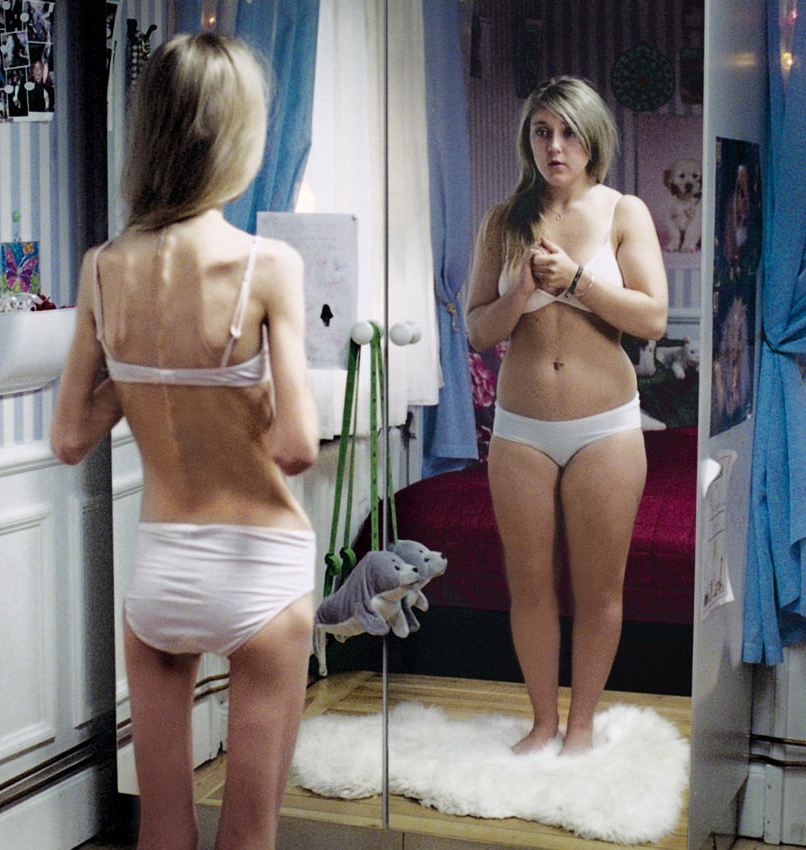
Childhood cancer survivors less likely to marry
The scars of childhood cancer may go beyond the physical: Adults who survived cancer as children may have lower-than-average likelihood of getting married, a new study suggests.
Childhood cancer survivors are known to be at risk of long-term health effects from their cancer treatment — including hormone deficiencies, learning impairments and elevated risks of a second cancer or heart disease in adulthood.
The new findings suggest that some of these effects may also influence survivors’ odds of getting married, researchers report in the journal Cancer Epidemiology, Biomarkers & Prevention.
Using data from a U.S. study of nearly 9,000 childhood cancer survivors, the investigators found that these adults were about one-quarter more likely than either the general population or their own siblings to have never been married.
Radiation for childhood brain cancer was the treatment most closely linked to marriage rates. The researchers also found that certain lingering effects of radiation — including problems with thinking and memory, impaired growth and poorer physical functioning — seemed to be involved.
“Many childhood cancer survivors still struggle to fully participate in our society because of the lasting cognitive and physical effects of their past cancer therapy,” senior researcher Dr. Nina S. Kadan- Lottick, of Yale University in New Haven, Connecticut, said in a written statement.
“Our study,” she added, “pinpointed what aspects of the survivor experience likely contribute to altered marriage patterns: short stature, poor physical functioning and cognitive problems.”
The findings are based on almost 9,000 survivors of childhood cancers between the ages of 18 and 54, plus close to 3,000 of their siblings. Compared with those siblings, cancer survivors were 21 percent more likely to have never married.
Based on U.S. census data, survivors were also 25 percent more likely to have never married than other Americans their age, race and gender.
Childhood cancer , Childhood cancer Health, Childhood cancer Health Latest, Childhood cancer Health Information, Childhood cancer Health information, Childhood cancer Health Photo,Childhood cancer for Weight Health photo, Childhood cancer Health Latest, Childhood cancer Health latest, Choreography for Weight Health Story, Childhood cancer Video, Childhood cancer video, Childhood cancer Health History, Childhood cancer Health history, Childhood cancer over Picture, history, Childhood cancer Asia, Childhood cancer asia, Childhood cancer Gallery, Childhood cancer for Weight gallery, Childhood cancer Photo Gallery, Childhood cancer Picture, Childhood cancer picture, Childhood cancer Web, Malaysia Health, web Health, web Health picture, video photo, video surgery, gallery, laparoscopy, virus, flu, drug, video, Health Health, calories, photo, nutrition, health video, symptoms, Childhood cancer , medical, beating, diet, physical, Training, organic, gym, blister, exercise, weightloss, surgery, spiritual, eating, tips, skin, operation, bf1,




